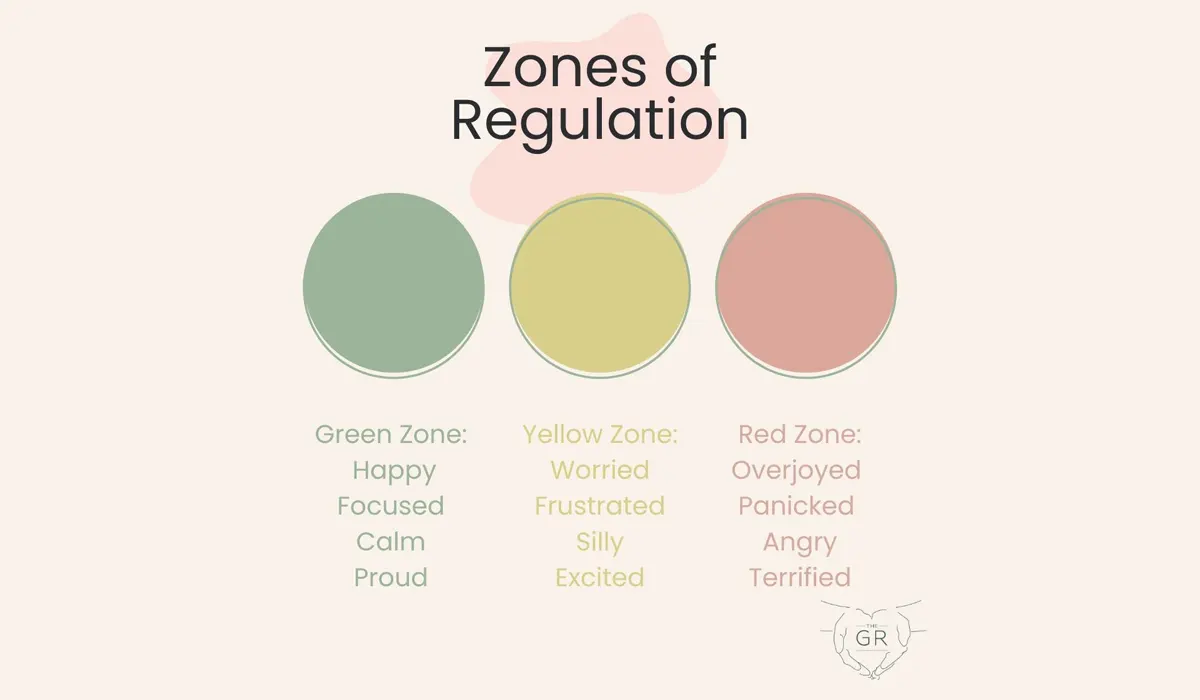Why is it so hard for my child to fall asleep?
From the minute our babies are born, we can be consumed or overwhelmed with getting them to sleep. I know that I cannot function well at all without a decent amount of sleep. When my children didn’t sleep, I suffered too, making it difficult for me to do my every day responsibilities.
Getting our children to be good sleepers is almost a right of passage for parents. However, I’m not sure having that expectation is so fair since I see many families in which the children have compromised sleep. Actually, one of the biggest presenting problems in my practice for behavioral issues stems from challenged sleep. Judging your parenting based on whether your children sleep well is not helpful. I believe it can be quite difficult to get kids to be good sleepers and it would be helpful to know how to change that. I have a few tips that I think work well.
First: Have a Consistent Schedule.
I keep referring to The Bare Bones. Having a consistent schedule sets up our body clock for a routined sleep schedule. The Bare Bones would mean that we are creating that structured schedule for our children’s bodies to naturally fall asleep when their body is ready. If we allow our kids to dictate their bedtime or if we don’t have any particular routine or sleep time, we don’t establish that foundation. It’s hard to ask a child to go to sleep on Sunday night before school at their “bedtime” when we let them go to bed late Friday and Saturday and then allow them to sleep in. If your child’s weekday wake up time is 7:00a.m. and their bedtime is 8:30p.m. but on Sunday, they sleep until 8:30a.m. or 9:00a.m., how can we ask them to go to sleep at 8:30p.m. when their body is not tired? I get it, It’s the weekend! Let loose a little and be flexible. Okay, we can totally do that. Just judge how much your child can handle and be agreeable to the fact that it will be hard to fall asleep Sunday night for school the next day. Also, if they are on the younger side, be prepared for a couple of days of meltdowns until their body re-regulates once they have gotten enough sleep. If you would prefer to avoid those meltdowns, I suggest making sure they follow their regular sleep routine and schedule, weekdays, weekends and vacations.
Second: Establish Sleep Expectations with Proper Sleep Hygiene.
Create a simple sleep hygiene routine that you and your children can follow easily. The more consistent, the easier for your children to develop good sleep hygiene habits. If we take the unknown or unpredictability out of bedtime, we set up our children for a successful slumber process. The set up is often called Sleep Hygiene. Sleep Hygiene ensures we take all the necessary steps to quiet our bodies and minds and also to establish the best environment for sleep.
Here are some typical sleep hygiene steps:
- Follow a regular bedtime routine (example: dinner, bath, stories, using the bathroom/brush teeth, cuddles, sleep).
- Establish and follow a typical bedtime.
- Turn off screens at least 30 minutes before bedtime, if you use screens. Please keep the screen content light and simple closer to actual bedtime.
- Encourage some type of physical activity during the day, most days, but not right before bed because it will be harder for the body to cool down in time to fall asleep.
- Avoid the need for water during the night, if possible. Kids should get their fluids during the day. Dinner can be the last of the liquids. If they have water at bed, they might wake to use the bathroom in the night, disrupting their sleep.
- Keep the lights dim when preparing for bed.
- Avoid hyped up play, (for example wrestling or tickling) during the bedtime routine.
- Keep the routine simple and consistent.
- Avoid activities other than quiet reading in the routine. Transitions can be super difficult from a fun activity to getting into bed.
Third: Avoid the Down-Load or Extra Worries that Delay Sleep.
Children often use the quiet of bedtime to start sharing details of their day, often referred to as a down-load. We love that our kids want to share with us because it’s so hard to get them to talk at other times in the day. Also, there are no distractions right before falling asleep so all our thoughts, worries or anxieties, and feelings flood our brains. Unfortunately, when these discussions happen at bedtime, they can cause distress if the content is upsetting or they can go on and on and on, delaying the inevitable, falling asleep.
Ideally, if your child likes to down-load at bedtime, bake that special time into the bedtime routine. Perhaps it comes before the story time or after. But, establish an end time so that the quiet, resting phase of the routine has a start time that is consistent. For example, at lights-out and cuddle time, allow for 10 minutes of down-load. Pace your child and give a reminder a couple of minutes before quiet time. Once quiet time starts, end all talking. If this brings distress to your child, promise to write down their thoughts or worries so that you can pick up the discussion in the morning or the following night. This should ease their worries enough to let it leave their thoughts so they can fall asleep.
Forth: Racing Thoughts and Unsettled Bodies.
Sometimes the intrusive thoughts we all experience overpower our brains when everything else is quiet around us. Children are newer at managing those intrusive thoughts and sometimes they cannot quiet them. In addition, as children’s brains develop and they start to have more thoughts about their days, they might have worries about the unknown or things they cannot control. This can lead to unrealistic or irrational beliefs about their safety, and for sure will stop them from going to sleep.
Here are some ideas to help calm intrusive thoughts or heightened anxiety:
- Use 10 minutes to talk out worries before cuddle/quiet time at bedtime.
- Promise to write down their worries so you can talk about them later (Please do remember to talk about them later).
- Redirect their thoughts to more positive ones.
- Direct them to plan out their dreams to feel a sense of control and to stay positive.
- Replacing upsetting thoughts with a positive suggestive message or mantra, such as “I feel good” or “I am safe”. Repeat this mantra with deep breathing.
- Practice slow-deep breaths. If your children oppose this practice, don’t give up. You can model deep breathing in their presence. They can feel your chest rising (if you are laying down with them) or hear your deep breaths during the quiet time. Their breathing will naturally match yours.
- Don’t talk, don’t discuss, don’t answer questions.
- If your child has anxiety, they might force you to reassure them. Naturally, you will do this to help them feel better. Consider doing it one time or having them tell you how they can reassure themselves. Otherwise, you might find yourself reassuring them over an over, lasting even 1-2 hours post bedtime.* Offer to answer the question one time and then refrain from indulging further.
Some children have a very tough time bringing themselves down from their day. They can be in a disregulated state because they are tired or because they need some deeper sensory input to calm their nervous system. If they still act wild or are unable to relax, even after following all the tips I’ve provided, they might need some extra sensory information to help their bodies feel relaxed.
Here are some ideas to help settle the body:
- During quiet time, consider massaging their feet or back. Deep pressure can relax the body.
- Try out different weighted products, such as blankets, stuffies or lap pads.
- Sometimes body pillows or large stuffed animals create a cozy space and weighted pressure for the body.
- Nice tight squeezes or hugs can also settle the body. Just make sure your child wants this. If they feel trapped, it could cause them to disregulate more.
- Encourage them to lie in their comfortable sleep position and to stop moving their body once they are settled.
- Suggest muscle relaxation with tense/relax exercises or simply by encouraging loose, spaghetti noodle floppiness with their limbs.
- Along with the no talking, have them keep their eyes closed.
This is a good place to stop so you can try some of these suggestions.
Please know that habits take years to form. Establishing new habits will also take time (although maybe not years). Don’t expect immediate change. Maybe you’ll experience a honeymoon phase in which everything seems fixed. This may not last so please stick with it and keep practicing until new patterns and habits are established. It’s easy to slip back but no need to give up, you can get yourself and your children right back into it. Be kind to yourselves and your children in the process. I acknowledge this can be very challenging but I know you can do it!
I look forward to sharing more great tips with you soon!
Wishing you patience and success,
Debra Jill
*Anxiety in your children around sleep: I will talk about this issue more at length in another blog. Anxiety or intrusive thoughts that are debilitating can elicit obsessive thinking and compulsive behavior. Young children often involve their parents by demanding they say or do specific things to relieve their obsessive thinking. Unfortunately, this really rarely relieves the anxiety, it only serves to reinforce it. I promise to go more into detail soon for those of you who experience this with your children.





